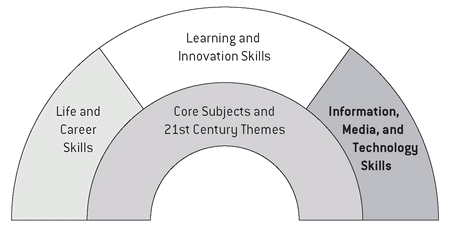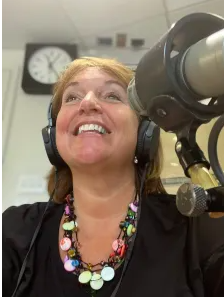How you would curate your social media with a critical public audience?
As we listen to this week’s podcast with guest Sophie Lui, a Global BC Reporter, we get a glimpse of her opinion on how to use your social media with a critical public audience. With over 20 years of experience in journalism and broadcasting, Lui shares that even her in early days with the trusty yellow pages, creating a personal learning network was crucial to getting the best story. She now uses social media to create a supportive community of other like-minded female reporters.
Identify the risks and benefits of engaging with a public audience in a media space – what are the risks for a public figure or person in a position of trust (educator, lawyer, government official)?
A notable public figure with a large audience has great influence and power over those who follow them. It is crucial that anyone of such stature would should the clique warning, “with power, comes great responsibility”. As we have seen in previous years with examples such as Donald Trump, social media is a powerful tool and can easily be weaponized to mislead millions. Attacking media sources, claiming fake truth, when the real truth is that their platform simply disagrees. Leading the “fake news issue [to be] a debate about who gets to define “truth” (McNair 2018). The proper definition of fake news is as follows, “fake news is the promotion and propagation of news articles via social media”(Gu, Kropotov and Yarochkin 2017).
It can be identified by observing any news story with the following steps:
- Speed; How quickly was this story/news written?
- Aggregation; How many sources are this from? Is this a first/second/third-hand recount?
- Monetizing the clickstream; Is this source monetized?
The abuse of power on social media whether is it intentional or accidental is an obvious risk.
Although, the benefits can be as equally monumental. The power of a community and its support can be life-changing. As we have seen with movements such as Black Lives Matter, a cause and change were spreading like wildfire online and truly made a difference.
How to best address negative replies and critiques reflective of your personal values and your employer’s social media policy?
As a public figure, the constant scrutiny of appearance and content is overwhelming. Lui shares a time when her colleague was criticized for her blouse being too low-cut. Her response? To stand up on social media for her peers. She advises the best policy to critique reflective of your personal values, and stand up for yourself when needed but don’t give the haters the satisfaction of letting of responding at other times.
References:
Hirst, M. (2018). The political economy of fake news. In Navigating social journalism: A handbook for media literacy and citizen journalism (pp. 78-100). Routledge. https://doi-org.ezproxy.library.uvic.ca/10.1057/9780230119796
Miller, J., & Lui, S. (2022). In the public eye. Youtube. https://www.youtube.com/watch?v=wfcXgKLzOVM&ab_channel=MILLER


Recent Comments